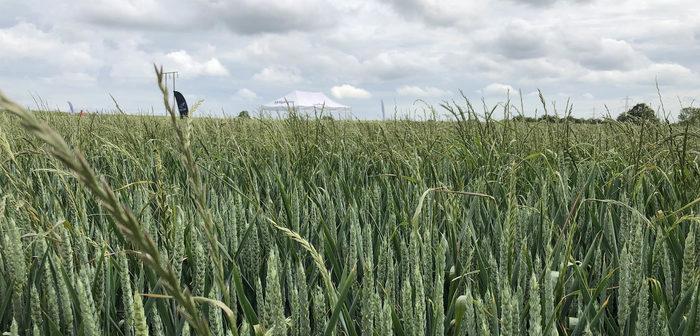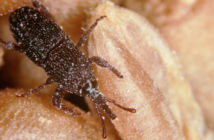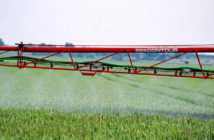Growers are being advised to adhere to glyphosate stewardship best practice after the first case of glyphosate resistance in the UK was confirmed.
The Weed Resistance Action Group (WRAG) announced a single field population of Italian Ryegrass in Kent has been identified which is resistant to glyphosate at the maximum label rate. This is the first such fully documented case in the UK.
The site in question is regarded as high risk and although several other cases were investigated these all turned out to be well-controlled by well-applied field rates.
Since the summer of 2019 over 300 seed samples have been screened by ADAS and NIAB and no evidence of glyphosate resistance has been identified, although some strains have shown reduced sensitivity. A small number of other cases are still under investigation.
Glyphosate resistance was first detected in Europe in 2006 when a case was identified in Spain, this was followed by a second in Italy in 2012. However, the situation did not escalate.
Hopefully, this will be the case again but WRAG is advising growers to adhere to the resistance management guidelines first established in 2015 to help prevent resistant strains from spreading. Full guidelines can be accessed here.
ADAS is in the process of developing a testing programme in readiness for the spring. Testing will target populations of Italian Ryegrass surviving glyphosate application prior to drilling a spring crop as this has been identified as a high risk situation. More details are expected shortly.
A summary of glyphosate resistance management guidelines
Maximise efficacy
It is important to use the right dose for the target weed, at the right growth stage, in the right conditions.
When applying glyphosate prior to drilling a crop, always aim to:
Maximise efficacy (to reduce the number of survivors)
- Use the manufacturer’s recommended dose rate for the weed sizes present*
- Apply prior to ‘shading’ from other plants
- Apply to actively growing plants in warm conditions (15–25°C), with at least 6 hours before any rainfall.
*Ideally, spray when plants are at least 5 cm but before the start of rapid stem extension. Reduced doses increase the risk of lower efficacy. Typically, annual grasses require a minimum of 540g a.i./ha for seedlings up to 2-3 leaves, 720g a.i./ha when tillering and 1,080g a.i./ha when flowering.
Use alternatives
- Use non-chemical options, as part of an integrated approach to control
- Supplement glyphosate use with sufficient cultivation to kill survivors
- Make best use of effective subsequent herbicides (pre- and post-emergence)
Prevent survivors
- Remove survivors to reduce seed spread
- Report suspected survivors to your crop protection adviser and/or the product manufacturer
- Avoid repeat applications of glyphosate to the same (surviving) weeds
Monitor success
- Monitor the success of control strategies carefully and frequently
- Test seed samples of survivors
- Discuss resistance with your agronomist or supplier




